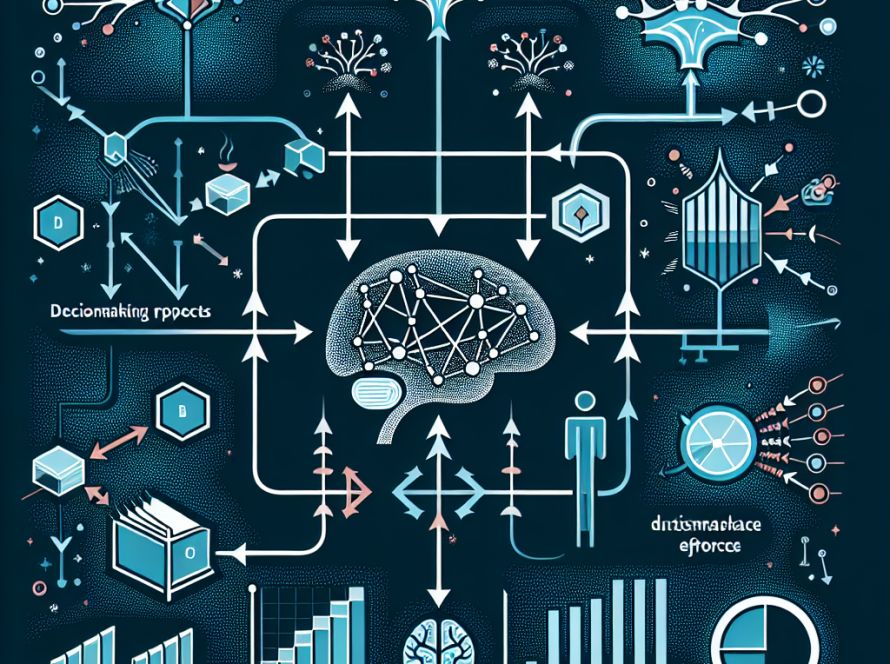Remote sensing is a crucial and innovative technology that utilizes satellite and aerial sensor technologies for the detection and classification of objects on Earth. This technology plays a significant role in environmental monitoring, agricultural management, and natural resource conservation. It enables scientists to accumulate massive amounts of data over large geographical areas and timeframes, providing essential insights for informed decision-making. Especially in the field of agriculture, monitoring global crop distribution is crucial to ensure food security, which are significant Sustainable Development Goals set by the United Nations.
One main challenge in remote sensing for agriculture involves the accurate classification of crop types across diverse regions. Traditional datasets often encounter limitations in their geographical scope, the variety of crop types included, and the number of labeled data available for machine learning model training. These constraints slow down the effective testing of machine learning algorithms. In response to these challenges, researchers from the Technical University of Munich, dida Datenschmiede GmbH, ETH Zürich, and Zuse Institute Berlin introduced the EUROCROPSML dataset.
The EUROCROPSML dataset comprises 706,683 European agricultural parcels, classified into 176 different crop types, superseding the limitations of previous datasets such as ZUERICROP, BREIZHCROPS, and CROP HARVEST which were location-limited and lacked multi-class labeled data. This new dataset aims to promote advancements in machine learning for crop classification by providing thoroughly multi-class labeled and verifiable data suitable for few-shot learning. It serves as an enabling asset in the creation of robust machine learning models capable of accurately classifying crops across different regions and conditions.
The meticulous curation of the dataset ensures high-quality input for machine learning models. Important crop metadata such as type labels and spatial coordinates come with the dataset, aiding the effective training and assessment of classification algorithms. Initial tests using the EUROCROPSML dataset revealed significant improvements in model performance. For example, models pre-trained with data from Latvia achieved an accuracy of 0.66 in a 500-shot learning scenario, surpassing models without pre-training, suggesting the importance of diverse training data in enhancing model performance.
In conclusion, the EUROCROPSML dataset offers researchers an extensive, comprehensive, and well-structured dataset that aids in the development and comparison of machine learning algorithms, especially for few-shot learning. It has the potential to enhance crop type classification across varied regions, which is vital for global food security. The initial outcomes show promising results. As the use of remote sensing and machine learning continues to evolve, support tools like the EUROCROPSML dataset will play an increasingly important role in defining future advancements in the field.


